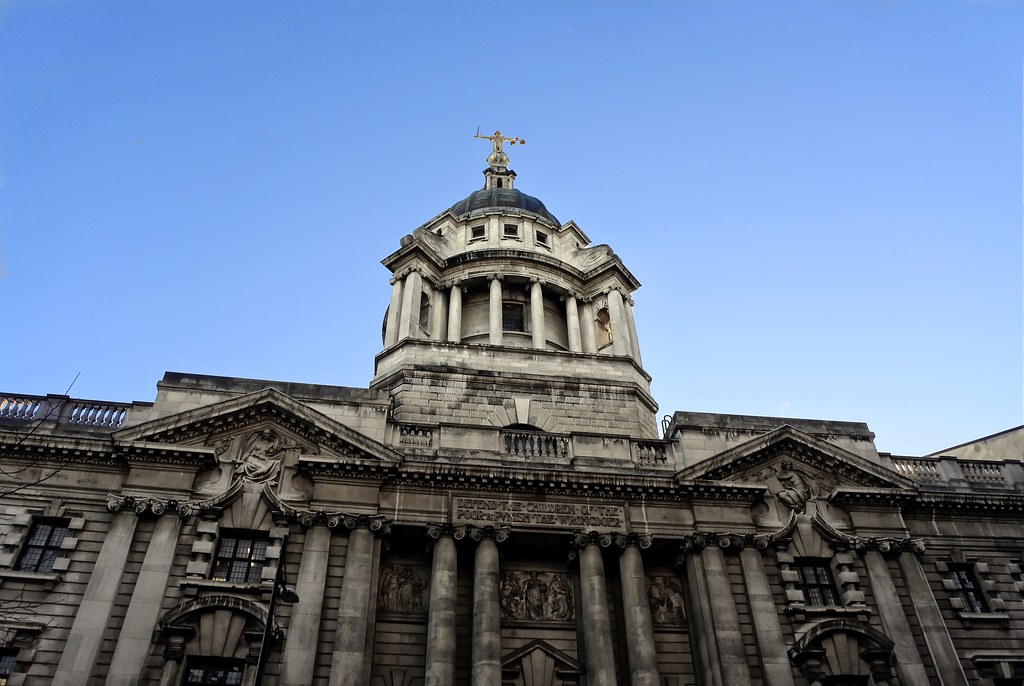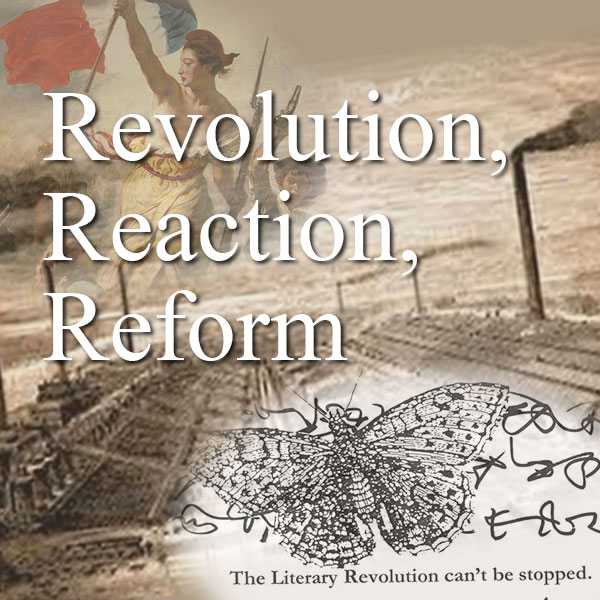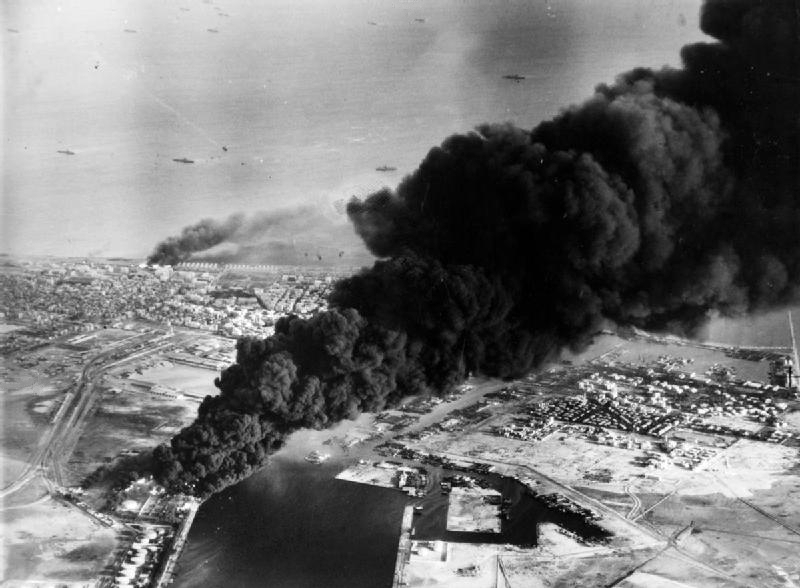
In 1895, Oscar Wilde stood trial at the Old Bailey courthouse in London, where his wit, writing, and private life were all dragged into public scrutiny. The courtroom, meant for justice, became a stage, and Wilde, once the playwrighter, was forced to perform a defense of his own identity. His words that used to be celebrated in theaters were now used against him as Edward Carson, once his friend, led a brutal cross-examination that weaponized Wilde’s writings. Mapping this location marks a moment when art collided with law, and a public execution of a persona too bold for the society.
Photo: "The Old Bailey" by It's No Game is licensed under CC BY 2.0....
more
 British Literature II: Revolution, Reaction, Reform examines British literature from the late eighteenth century to the present, a period that witnessed the American and French Revolutions, slave revolts such as the Haitian Revolution, a “revolution in female manners,” the Industrial Revolution, the twentieth-century revolutionary wave in Europe, as well as World War I and World War II, and, of course, artistic revolutions. We will consider how the authors and literary works of this period might be reacting to change, advocating for reform, or participating in literary revolutions—whether revolution is understood in the sense of “revolving” or of “revolting,” going full circle to return to a previous (more perfect?) time or experiencing/effecting a great alteration or rupture.
British Literature II: Revolution, Reaction, Reform examines British literature from the late eighteenth century to the present, a period that witnessed the American and French Revolutions, slave revolts such as the Haitian Revolution, a “revolution in female manners,” the Industrial Revolution, the twentieth-century revolutionary wave in Europe, as well as World War I and World War II, and, of course, artistic revolutions. We will consider how the authors and literary works of this period might be reacting to change, advocating for reform, or participating in literary revolutions—whether revolution is understood in the sense of “revolving” or of “revolting,” going full circle to return to a previous (more perfect?) time or experiencing/effecting a great alteration or rupture.
